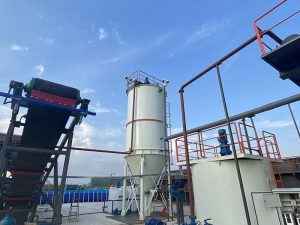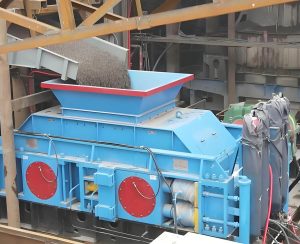Accurate and rapid mineral identification is crucial in mineral exploration and processing, as it enhances efficiency and reduces operational costs. With nearly four decades of experience in manufacturing and supplying mining equipment, JXSC Team understands the technical challenges of mineral identification. Having served over 500 clients across 40+ countries, we specialize in EPC mining solutions, from crushing and screening to grinding and beneficiation. This article shares practical methods and techniques derived from our laboratory expertise, helping professionals quickly assess mineral properties and optimize processing workflows.
Methods and Techniques for Quickly Identifying Minerals
Minerals, the building blocks of rocks, are naturally occurring elements or compounds formed through geological processes. They possess a specific chemical composition, expressed as a fixed chemical formula, and remain stable under specific physical and chemical conditions. While there are numerous mineral species and diverse morphologies in nature, only a few are common. So, how can we identify a few minerals? The key is to observe the mineral’s color, transparency, luster, and crystal form—visible to the naked eye. Simple instruments can also be used to perform more in-depth measurements, such as the color of the mineral powder, hardness, cleavage, luminescence, and magnetism. Below, we will discuss the specifics of these identification methods in detail.
Observing Mineral Characteristics
1. Observing Color
First, we can initially identify a mineral’s type by observing its color. Each mineral has a unique color, determined by its chemical composition and internal structure. For example, copper ore often appears bright red or bluish-green, while iron ore is often grayish-black. By carefully comparing the mineral’s color, we can initially determine its likely type. However, color is not the only criterion, and a comprehensive analysis needs to be conducted in combination with other characteristics.
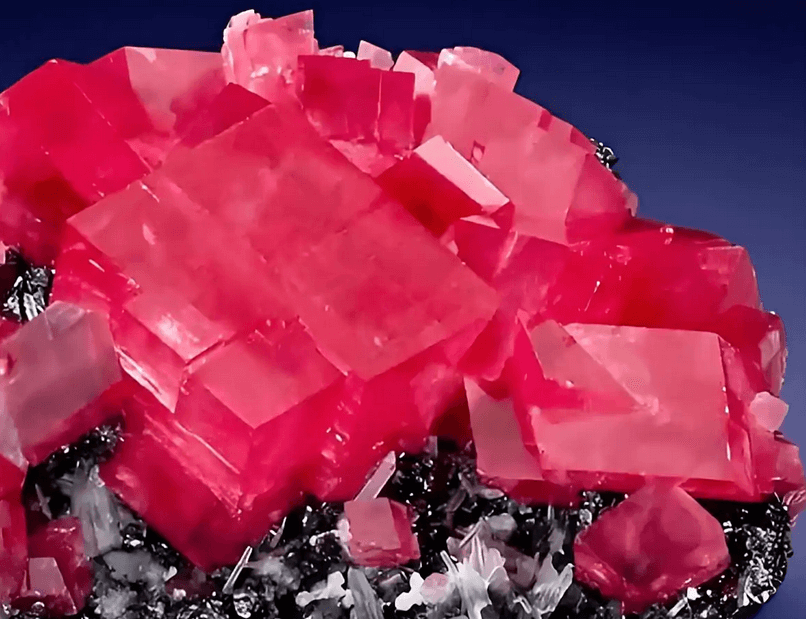
2. Observing Transparency
In the world of minerals, transparency is a crucial observational metric. When light passes through certain minerals, a glass-clear clarity emerges. This is often seen in certain minerals, such as quartz, gypsum, and Iceland spar. However, most minerals are opaque or translucent. Metallic minerals like native gold, silver, and copper are examples of opacity. Moonstone, on the other hand, is renowned for its unique translucency. Known as the moonstone, its hazy surface resembles the caress of moonlight. Ancient people even considered it to be frozen moonlight, cherishing it as a precious gem.
3. Understanding The Mystery of Luster
Luster is a crucial element in mineral identification. Different minerals have varying luster, which can provide information about their internal structure and chemical composition. When light strikes a mineral, some of it passes through, while some is reflected by the mineral’s surface. By observing the brightness of this reflected light, known as “luster,” we can further understand certain mineral properties. This optical phenomenon not only provides valuable identification tools for mineralogists but also reveals the wonders and diversity of nature.
Metallic Luster and Vitreous Luster
Metallic minerals such as natural gold and galena have a unique characteristic: their surfaces reflect light extremely strongly, resulting in a bright metallic luster. In contrast, many transparent minerals, such as feldspar, quartz, fluorite, calcite, and olivine, have a luster similar to that of clear glass, hence the term “vitreous luster.”
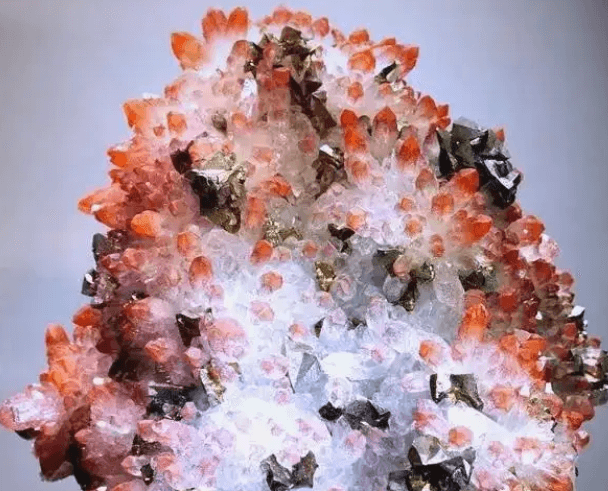
4. Observing Crystalline Morphology
Crystalline morphology is a key element in mineral identification. Observing these morphological characteristics allows for more accurate identification of different minerals. Crystalline morphology is an essential component of mineral identification. Each mineral has unique growth habits that determine its appearance. For example, some minerals tend to grow in a specific direction, ultimately forming columns, such as stibnite and tourmaline, while others may form more slender needles, such as bismuthinite. By carefully observing these crystal morphologies, we can more accurately distinguish different minerals.
Other Properties of Rocks and Minerals
1. Testing Hardness
Geologists have discovered through long-term research that the hardness of minerals varies significantly. The Mohs hardness scale is often used to measure and compare the hardness of minerals. Generally, minerals containing water molecules, such as carbonates, sulfates, and phosphates, are softer, while oxides and silicate minerals without water molecules are harder. To standardize the measurement of mineral hardness, German mineralogist Mohs created the Mohs hardness scale in 1812. The scale measures the hardness of the following ten minerals on a scale of 1 to 10: talc, gypsum, calcite, fluorite, apatite, orthoclase, quartz, topaz, corundum, and diamond.
Diamond, also known as the “King of Hardness,” has a hardness of up to 10. In mineralogy, differences in hardness are an important factor in distinguishing mineral types. For example, pyrite, chalcopyrite, and gold can be distinguished through a simple scratching test.
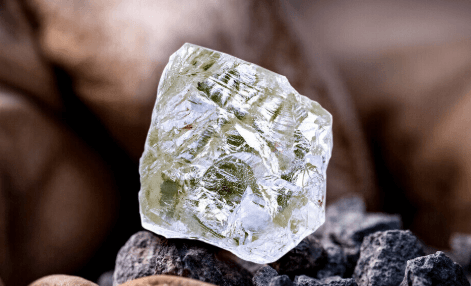
2. Observing Cleavage and Fracture
Cleavage and fracture characteristics help us understand the structure and fracture patterns of minerals, but these characteristics vary greatly among different minerals. When subjected to external forces, minerals break along a specific direction. This direction is often where the atomic bonds within the mineral crystal are weakest, known as the cleavage plane. For example, mica exhibits extremely complete cleavage in a single direction, allowing it to easily break into thin flakes along that direction.
However, not all minerals break in a fixed direction when subjected to external forces. Some minerals exhibit irregular fracture patterns, such as jagged, serrated, and sharp edges, such as native gold.
3. Luminescence of Minerals
Some minerals luminesce when excited. These properties can be used for mineral identification, but they should be used with caution. Luminescence is a physical phenomenon unique to certain minerals. When these minerals are stimulated by external energy such as ultraviolet rays or X-rays, or when subjected to impact, friction, or heat, they can emit visible light.
4. Detecting Magnetism
Magnetic minerals are attracted to magnets, and this property has been exploited for various purposes both in ancient and modern times. Magnetic minerals primarily include magnetite and pyrrhotite, which are attracted to ordinary magnets. During the Warring States Period, our ancestors exploited this physical property to invent the Sinan (Sinan), a tool that helped people determine direction.
Conclusion
Whether through physical observation or modern analytical instruments, fast mineral identification requires both expertise and hands-on experience. As an end-to-end mining solutions provider, JXSC Team supplies complete mineral processing equipment, operates an advanced ore testing lab, and delivers EPC project services—including mineral analysis, process design, and turnkey plant construction. If you need tailored mineral processing solutions or high-efficiency machinery, feel free to consult the JXSC Team. Our one-stop “R&D-Manufacturing-Delivery” service ensures optimized productivity and sustainable mining operations!

